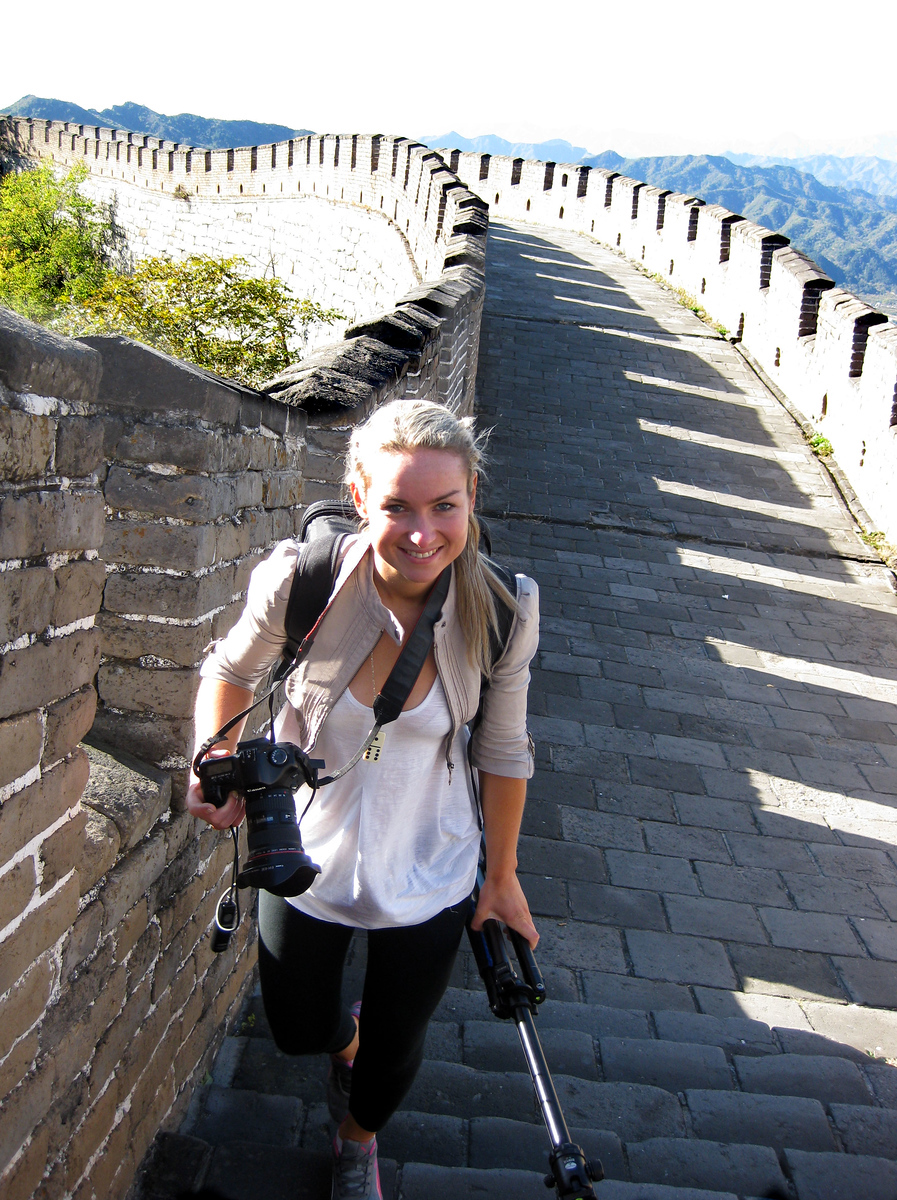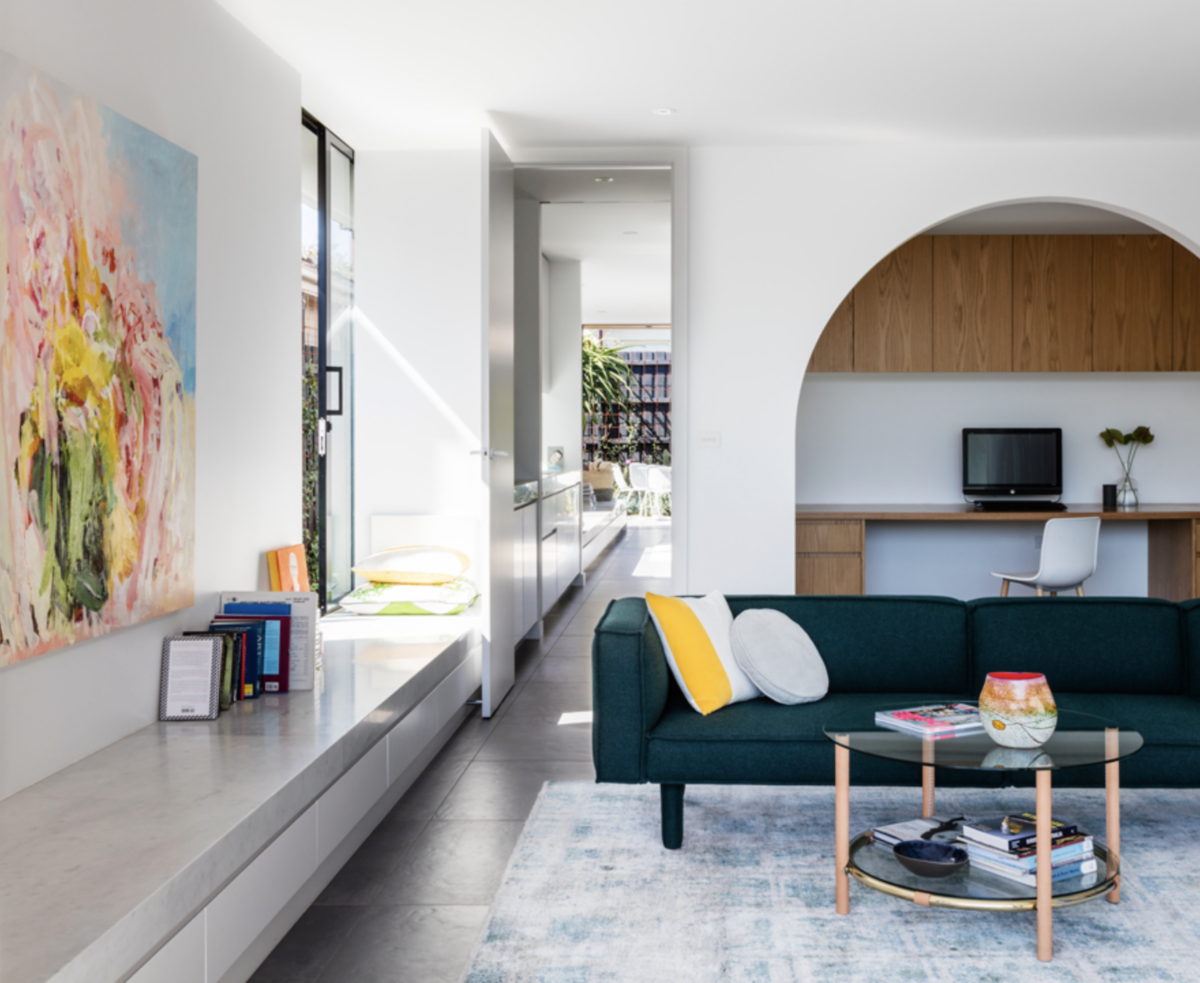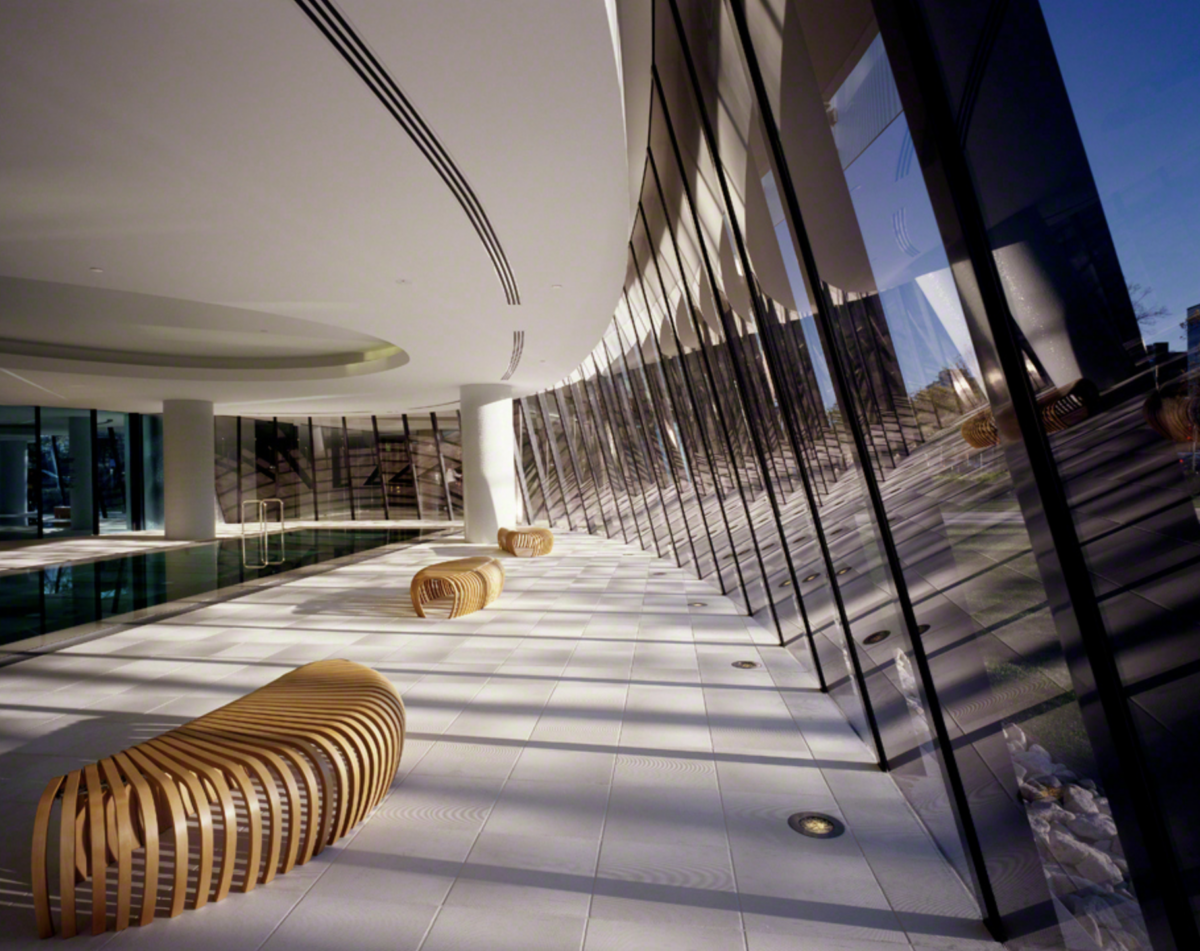The Working Photographer Pilot Study
In an era when everyone produces photographs, what economic opportunities exist for professional working photographers? The Working Photographer, led by Dr Alison Bennett, utilised semi-structured interviews to investigate current and emerging business models that describe the working life of a selection of client-centered photographers based in Merri-bek.
Meet the Researcher: Michelle Williams
Meet Michelle Williams, one of our Researchers working on The Working Photographer project.
Michelle is an award-winning Melbourne-based freelance photographer specialising in architecture, interior and lifestyle imagery. With over 15 years of experience, she delivers clients with powerful imagery, including her commercial work featured in notable international and local publications, and her artwork showcased in solo and group exhibition
Michelle also holds a Masters Of Art (Photography) from RMIT University and is also a sessional lecturer in the Bachelor of Photography at RMIT University, Melbourne. Her research topic investigated how to Activate intergenerational memory and feminine cultural identity through photographic re-enactment, mixed media and 3D printing technology.

What drew you to this project (The Working Photographer)?
As I was constructing lectures for the ‘Working Photographer’ module in the Bachelor of Photography course at RMIT, I found there was an immense void in research that surveys the commercial photography market in Australia. This has become especially pertinent in the wake of Australia’s dearth of industry body since the AIPP’s collapse in 2020. I proposed a PhD topic to the Associate Dean of Photography and my Masters Supervisor, Dr Alison Bennett that would comprise of case studies, interviews, surveys that would craft a thorough examination of the up-to-date commercial photography business in Australia. I perceived the research to not just shape how we teach our students for the future of industry, but also operate as a critical guide to help photographers make sense of what it stands for to be a working photographer in the 21st century.
Any surprising things that you’ve learned through the project so far? And how do you see it progressing?
Through the conversations with working photographers in the Merri-bek area, we learned how photographers were adapting their businesses to suit the post-digital environment that we currently find ourselves in. Each photographer had an interesting, unique experience of working within the industry. However, all agreed that the landscape of commercial photography has changed with the evolution of technology. Three individuals exemplified an interesting case of their integration of art-direction of CGI image generation into their business models. Their clients require them to utilise their knowledge of photographic camera angle, spatial awareness and lighting to work together with CGI experts to control camera angle, light and vegetation placement in CGI constructed graphics to generate the most lifelike and photo-like outcome possible.
Another interesting area that emerged through the conversations was the rise of working photographers using film and, in-turn the demand for analogue film services. The digital revolution caused the shutdown of film factories, yet ironically it has opened up a new way to utilise film to push back against the hyper-digitalised images of our current times.
Keeping the pilot project focused on the Merri-bek area revealed that through dialogue we can gain a deep understanding of a creative community. We’ve only touched the tip of the iceberg, but have already gained a great deal of insight. I am certain that upon broadening the research, there will be considerable worth for the photographic industry and education.
Figure 1 & 2. Photography by Michelle Williams
Any reflections on your method of Semi-structured Interviews?
The method of semi-structured interviews using open-ended questions encouraged two way engaging conversation between interviewer and interviewee. The method I found provided freedom that enabled the interviewee to stray from the prepared questions, often resulting in the disclosure of otherwise concealed information. Every meeting engendered fresh concepts and interrogations that could be brought in the subsequent interview.
Thanks, Michelle! We look forward to seeing the findings from this research take form.

